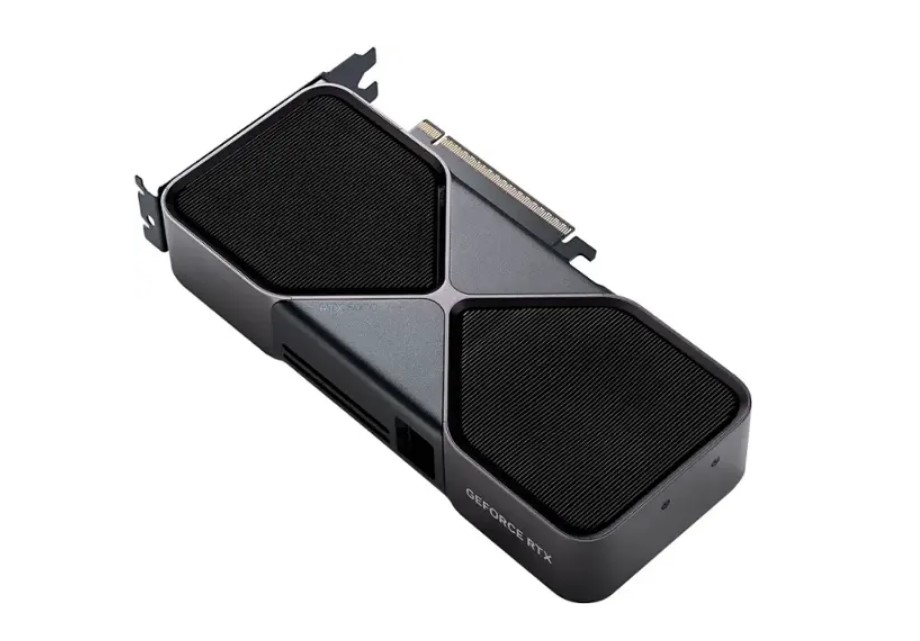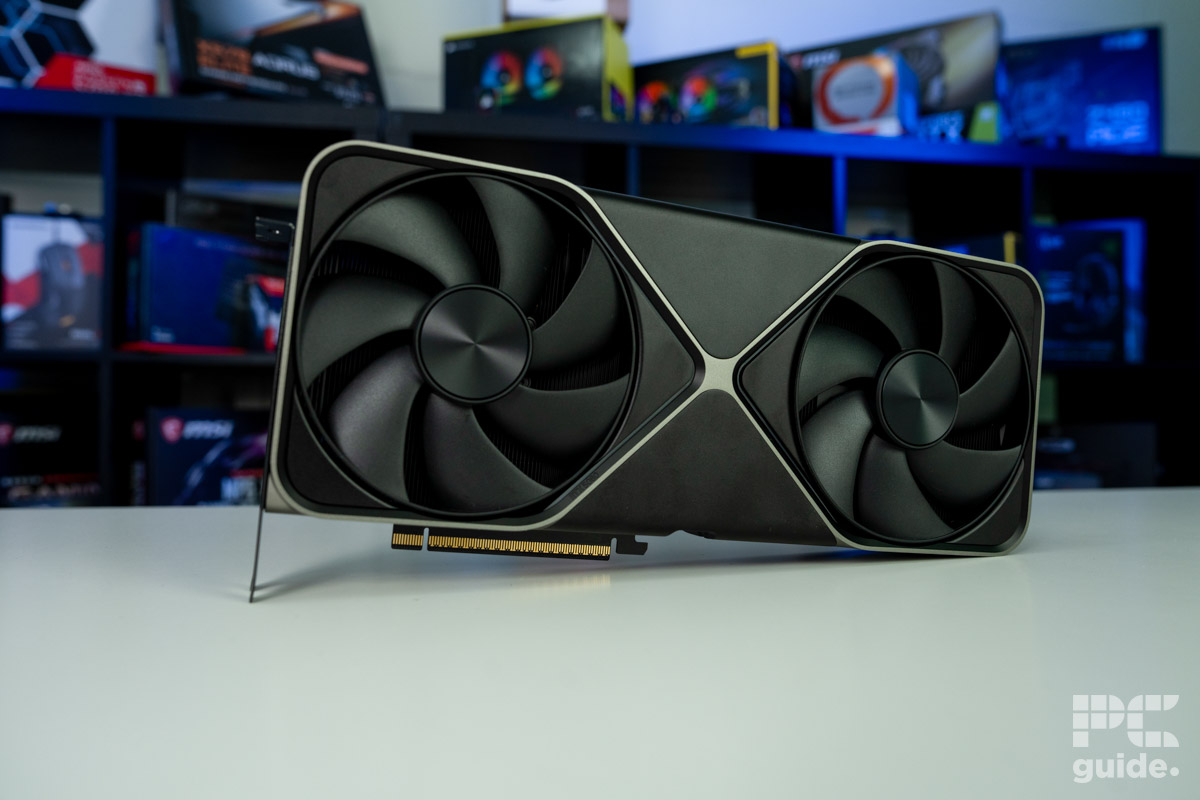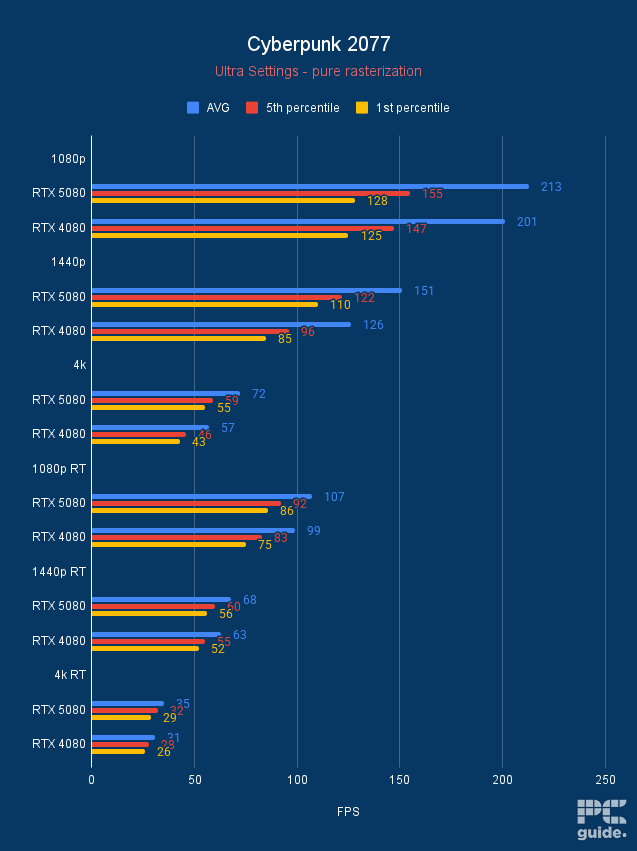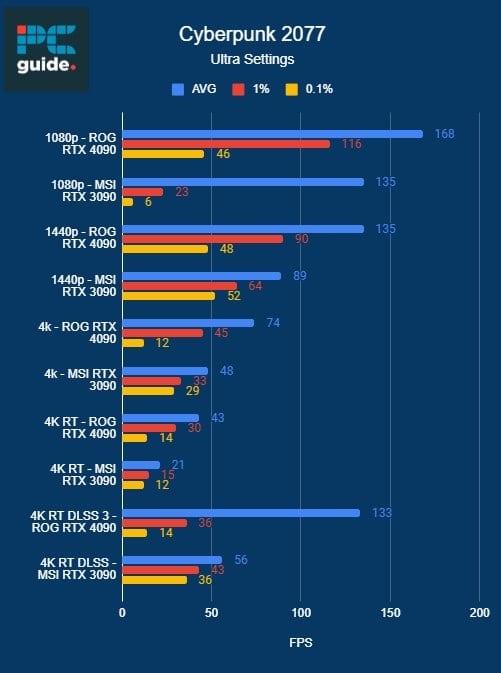RTX 5070 vs RTX 5080 specs comparison – how do they compare?
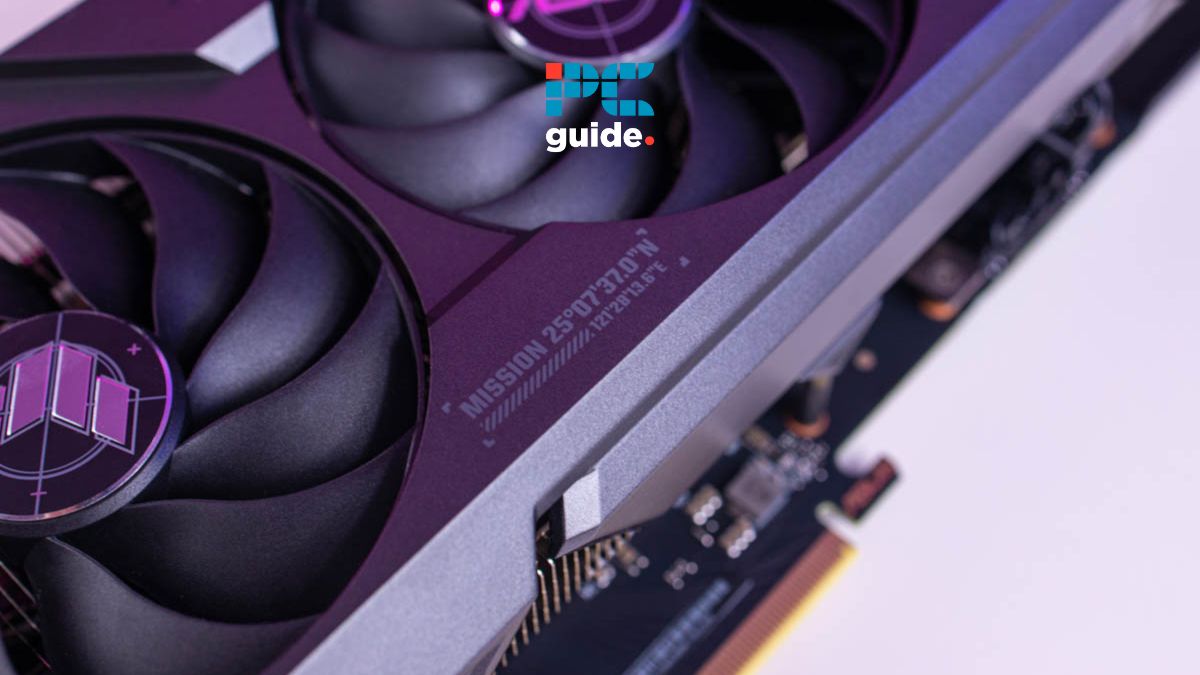
Table of Contents
The RTX 5070 and 5070 Ti were supposed to launch together, but the latter has been released, with the former reportedly being delayed to mid-March due to performance-related issues. Besides that, the launch has been rocky, with concerns about being able to grab one at MSRP, something we’ve encountered with many of the RTX 5090s and RTX 5080s, and it looks like our recent poll highlighted a certain lack of anticipation for the cards themselves, too.
That being said, there are plenty of RTX 5070 Ti reviews available online, and judging by them, we can see that Nvidia’s claims that the RTX 5070 will offer 4090-level performance is a long shot at best if DLSS 4 and MFG aren’t part of the equation. So, the big question is whether the performance of these mid-range cards will be enough to sway people away from the RTX 5080 – and that’s what we’ll explore here.
Prime Day may have closed its doors, but that hasn't stopped great deals from landing on the web's biggest online retailer. Here are all the best last chance savings from this year's Prime event.
- Sapphire 11348-03-20G Pulse AMD Radeon™ RX 9070 XT Was $779 Now $719
- AMD Ryzen 7 7800X3D 8-Core, 16-Thread Desktop Processor Was $449 Now $341
- Skytech King 95 Gaming PC Desktop, Ryzen 7 9800X3D 4.7 GHz Was $2,899 Now $2,599
- LG 77-Inch Class OLED evo AI 4K C5 Series Smart TV Was $3,696 Now $2,996
- AOC Laptop Computer 16GB RAM 512GB SSD Was $360.99 Now $306.84
- Lexar 2TB NM1090 w/HeatSink SSD PCIe Gen5x4 NVMe M.2 Was $281.97 Now $214.98
- Apple Watch Series 10 GPS + Cellular 42mm case Smartwatch Was $499.99 Now $379.99
- AMD Ryzen 9 5950X 16-core, 32-thread unlocked desktop processor Was $3199.99 Now $279.99
- Garmin vívoactive 5, Health and Fitness GPS Smartwatch Was $299.99 Now $190
*Prices and savings subject to change. Click through to get the current prices.
Before the launch of the RTX 5070 Ti, a benchmark leak suggested that it’s roughly 13% slower than the RTX 5080, but looking at various gaming benchmarks seems to suggest that it is true in some cases. While we still don’t have our in-house gaming performance just yet. We have, however, reviewed the RTX 5080 extensively, and even one of ASUS’ 5080 GPUs too, which gives us something to work with while we wait to get hands-on with the 5070 cards.
Here’s a look at how the cards are stacking up side-by-side at this time. We’ll be updating this article soon with more performance data, so stay tuned.
Spec comparison
We’ve listed their specifications below to see the hardware difference between the three cards.
| Specifications | RTX 5070 | RTX 5070 TI | RTX 5080 |
| Cores | 6144 | 8960 | 10752 |
| Base clock speed | 2.16 GHz | 2.3 GHz | 2.30 GHz |
| Boost clock speed | 2.51 GHz | 2.45GHZ | 2.62 GHz |
| Memory | 12GB GDDR7 | 16GB GDDR7 | 16GB GDDR7 |
| Memory interface | 192-bit | 256-bit | 256-bit |
| Bandwidth | 672 GB/sec | 896 GB/sec | 960.0 GB/s |
| TDP | 250W | 300W | 360W |
| Power connector | 2x PCIe 8-pin cables or 300 W or greater PCIe Gen 5 cable | 2x PCIe 8-pin cables or 300 W or greater PCIe Gen 5 cable | 3x PCIe 8-pin cables or1x 450 W or greater PCIe Gen 5 cable |
| Release date | March 2025 | February 2025 | January 30th, 2025 |
The RTX 5080 has more beefed-up specifications, especially the amount of CUDA cores, memory capacity, and bandwidth. However, such a difference is normal, given the RTX 5080 is a step above the RTX 5070. So, we'll explore their differences individually to see what they translate to in terms of performance.
Memory
One of the biggest differences between these GPUs is memory capacity. While both of them feature the new GDDR7 memory type, the RTX 5080 has 16GB VRAM, and the RTX 5070 has 12GB VRAM.
So, the advantage of faster memory goes to both of them, but since the RTX 5080 has more memory to work with, it should have a better time rendering 4K frames than the RTX 5070. This means that the RTX 5070's sweet spot should be 2K with maxed-out graphics and possibly 4K in some titles with the help of DLSS 4.
The amount of VRAM a GPU determines the level at which it'll perform. This is why flagship GPUs have 24GB, or now 32GB VRAM, allowing them to render 4K frames easily and handle other tasks.
Memory interface width
The memory interface width hasn't changed for these GPUs from their predecessors, with the 5070 and 5080 featuring a 192- and 256-bit connection, respectively. This also impacts their performance and puts them in two different categories, as a higher bit connection means that more data can't be transferred to and from the GPU without causing a bottleneck, resulting in better efficiency and performance.
So, the RTX 5080 has the edge in this department, and even with the help of AI, some hardware limitations can't be overcome.
Cores
The RTX 5080 has 10752 CUDA cores, while the RTX 5070 has 6144. This is a difference of 4608 CUDA cores, and once again, on a hardware level, the difference is so huge that not even using DLSS 4 could bridge it.
CUDA cores are what give these GPUs their processing capabilities and handle large amounts of data in parallel. So, more means better performance and the RTX 5080 takes the victory in this domain as well.
Size
Since it’s still up in the air as to whether the 5070 will get a Founders Edition, we have to look towards the AIB models of the card to get a sense of roughly how big it is. There are loads of options out there, so we’ll keep it simple this time.
If we look at the ASUS Prime GeForce RTX 5070, we can see it comes in at 306 mm x 126 mm x 50 mm. For reference, the RTX 5080 Founders Edition is 304 mm x 137 mm x 48 mm, making the RTX 5070 slightly thinner.
The same seems to go for the RTX 5070 Ti. I took a look at the ASUS Prime GeForce RTX 5070 Ti for comparison, which comes in at 306 x 126 x 50 mm.
So the RTX 5070 has a little less height to it, but aside from that, there’s not a whole lot of difference. It should be noted, though, that the RTX 5080 is around the same size as the 4090 – so that can give you a better idea of how it would fit in your PC build. We’d recommend checking out the best cases for RTX 5080 if you’re looking for compatible sizes with great airflow.
Performance
Based on what we’ve seen in our RTX 5080 review, the new architecture and memory type are a step in the right direction to give these cards a generational uplift. However, the hardware difference between these GPUs isn’t something that can be bridged with AI.
For example, the RTX 5080 is 2 times better than the RTX 5070, meaning it has a lead that will be further enhanced by DLSS 4 and MFG. While the same technology is available for the RTX 5070, they aren’t starting off from the same point, meaning the performance delta will remain the same. Below, you’ll see the performance benchmark of the RTX 5080 compared to the RTX 4080 and also the results of what the RTX 4090 managed. This should give you an idea of the performance difference you can expect between the 5070 and the 5080.
Also, the RTX 5080 could trade blows with the RTX 4090, which we don’t see the RTX 5070 doing even with DLSS 4, and when it comes to synthetic performance, the RTX 4090 is probably leagues ahead of the RTX 5070. So, with the information we have of the RTX 4090 and the RTX 5080’s performance output, we can make an educated guess that the RTX 5080 is much better than the RTX 5070 in gaming and other workflows, while the GDDR7 memory type and Blackwell architecture might give it better performance than the RTX 4070, it just isn’t enough to trade blows with a card higher up in the performance hierarchy.
Features
The RTX 50-series card comes with more refinement to the AI elements, such as DLSS 4, which delivers an even better increase in frames than DLSS 3.5. This is why they so confidently claimed that the RTX 5070 can perform on par with the RTX 4090. On a hardware level, the RTX 4090 is leagues above the RTX 5070.
Deep Learning Super Sampling, or DLSS for short, is a technology exclusive to Nvidia GPUs that uses AI to upscale the resolution and generate more frames. It renders the frames in a lower resolution and then upscales them, taking the load off of the GPU.
These graphics cards will feature DLSS 4, which the previous generations will receive later. However, the Multi-Frame Generation, which sets the 50-series cards apart from others, will only be exclusive to the 50-series card, which is a game changer.
To showcase the difference between different DLSS iterations, Nvidia posted a video on its YouTube channel and used Cyberpunk 2077 as an example due to its demanding graphical fidelity. Without DLSS, it was running at 27 FPS, and with DLSS 2 enabled, the FPS jumped to 71 FPS.
However, DLSS 3.5 increased it to 142 FPS, and now the latest iteration of DLSS, DLSS 4, has generated 247 FPS, which is simply incredible. Besides having more framerates in-game, Nvidia also introduced Reflex 2, the next level of Nvidia Reflex.
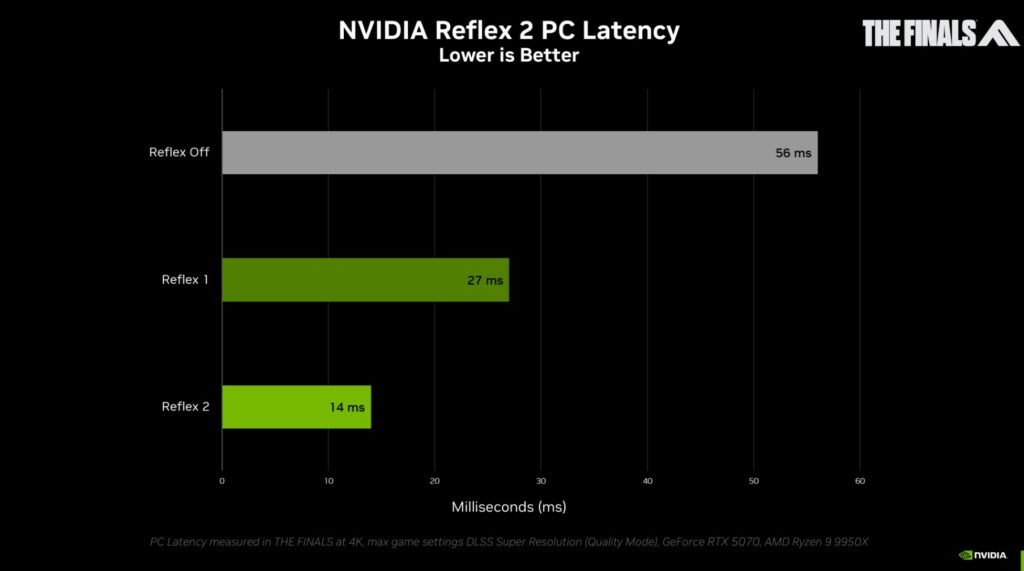
This technology reduces system latency so that the actions you perform with your keyboard and mouse are shown on the screen with as minimal delay as possible. This gives you a competitive edge in first-person shooter games and makes the experience smoother in single-player games.
To reduce the system latency further, they introduced Frame Warp. How this works is that the CPU calculates the next frame based on the input you've given. For example, if you're moving your mouse up or moving your character left, it'll calculate what the next frame will look like for you on the screen.
After that, the camera position or pixels are shifted to reflect that change, but the GPU waits until the last moment to render to ensure the most recent input is used as a reference. This is important so you don't miss out on frames. Nvidia also has a YouTube video in which they explain in detail how this technology works and showcase the difference it makes in gaming.
RTX 5070 vs. RTX 5080 – price comparison
The RTX 5070 has a $549 MSRP, while the RTX 5080 has a $999 MSRP. The RTX 4080 launched with a $1199 price tag, so the RTX 5080 is $200 cheaper than that and offers better performance. The RTX 4070 had a launch price of $599, making the RTX 5070 $50 cheaper than it while also offering better performance.
Early impressions
The RTX 5070 and 5080 both seem capable cards, and their prices seem reasonable, especially considering the improvements they are bringing. Also, DLSS 4 is a game changer as it can ramp up the FPS and likely even enable budget cards to punch above their weight class.
However, whether these cards are totally dependent on this technology, we'll have to wait and see, but the initial native performance of the RTX 5090 in Black Myth: Wukong doesn't inspire confidence in the community for the entire 50-series lineup.

